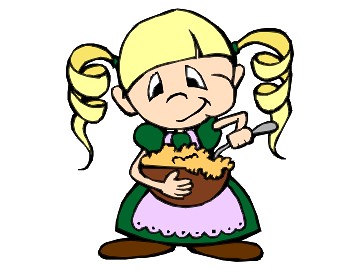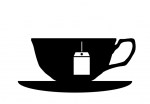I have recently rejoined the ranks of business travelers. Of course, many things have changed since the onset of COVID-19—from needing to wear face masks in the air to experiencing hotel life without room service (and without your room being serviced). These minor inconveniences aside, I was pleased to discover a change that is not in any way related to the pandemic, but is certainly something I had wished for time and time again.
Before I go any further, I’d like to digress a bit to talk about Goldilocks, since she is an integral character in my story. As you may know, Goldilocks was the young girl who stumbled upon the house of the three bears and, uninvited, went inside (breaking and entering might be a more apt description). Once inside, Goldilocks found Papa Bear’s porridge too hot and his bed too hard. At the other end of the spectrum, Mama Bear’s porridge was too cold and her bed too soft. Baby Bear’s porridge and bed, however, were “just right” for Goldilocks—an “impudent, rude little girl” according to the fairy tale. Though I try never to be impudent or rude, I do sometimes wish for an in-between option when presented with two choices. I want that “just right” choice afforded little Ms. Goldilocks.
“What does all this have to do with luxury service?” and “What is the 9 oz. pour?” you may ask. When ordering wine at a restaurant, the standard pour is 6 oz., and the wine is customarily served before the meal. This means I’ve usually enjoyed a few sips of wine before my dinner arrives, but then I run out of wine before I’ve finished eating. I must then decide either to order another glass of wine or to drink the water, which by now is warm. A second full glass is often more than I want at this point. I have, on occasion, asked whether I could purchase a 1/2 glass of wine and am usually told “no.” But I now see a few restaurants are offering the choice of a 6 oz. or a 9 oz. glass of wine, priced accordingly. This is my Goldilocks moment—9 oz. is “just right!”
This has led me to think about other ways the service industry might offer Goldilocks moments. One that immediately comes to mind is the idea of the late checkout. Most hotels require you to checkout before noon. Of course, you may still have a day of sightseeing planned or perhaps have a late flight, and it would be wonderful if you could have just a few extra hours in the room. Now several hotels make that option available at an additional cost, or offer it as a perk to their premier level guests. Either way, guests can opt for the checkout that’s “just right” for them.
Think about other ways you might be more accommodating to your customers. If you offer only one option, is there a way customers can extend or add to it, or a way they can reduce it to better meet their needs? If you currently offer two options, is it possible to present a middle choice? How can you add some flexibility in the choices you offer? Remember, the luxury customer always appreciates the opportunity to customize or personalize their selections.
And while you’re pondering that, Goldilocks is going to go enjoy her nice, perfectly-sized glass of wine.




 I’ve frequently written about the importance of the customer relationship when selling luxury. I’ve focused on the need to use the right language and gestures to create an environment of elegance and grace. But, until now, I hadn’t thought about intimacy and how it relates to luxury.
I’ve frequently written about the importance of the customer relationship when selling luxury. I’ve focused on the need to use the right language and gestures to create an environment of elegance and grace. But, until now, I hadn’t thought about intimacy and how it relates to luxury.